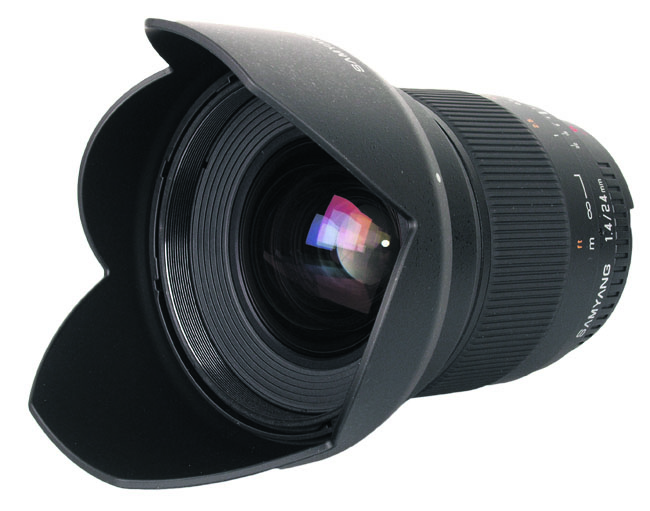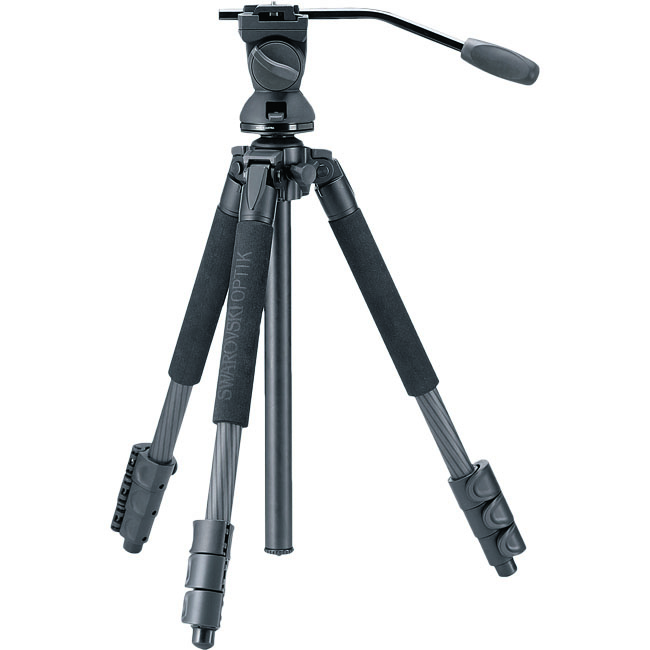
OR

A lesson in travel photography
When you are currently packing your bags and planning for your next adventure, among all the necessities, a camera is bound to be one. Photographs have always been important as a memento of the memories of a certain time. Especially when we travel, being able to document yourself becomes all the more important. Be it the different sunset from different corners of the world or the delicacies and people, taking a photograph is obviously the best way to preserve the memories.
So we here at The Week feel you might as well as do it right. Of course, photography is a skill that takes time, effort, and practice to master, but you can make the process a lot more easier during your travels by picking the right gears.
Rishav Adhikari, a travel blogger, shares his expertise here. The main purpose of almost all of his numerous treks (solo and otherwise) so far has been photography. According to him, you don’t have to burden yourself with bulk load of fancy gadgets to ensure good travel photos. In his experience, the checklist has always been quite simple.
 The lens
The lens
It’s always smart to research the area you are planning to visit. This will give you an idea of what photos you will be taking, and most importantly, will let you know which lenses to bring. Adhikari reveals that, as a rule of the thumb, he generally carries three kinds of lenses. But as a non-professional photographer, one can pick and choose among the three options, according to their subject of interest.
So, as per his recommendation, your standard 18-55mm kit lens or 18-200mm lens is well suited for a range of travel photos. They are ideal for situations where you need gear that is versatile and easy to carry. If you are trekking or exploring, he suggests wide- angle lens to capture panoramic views, or possibly a macro lens for close ups of flowers or small insects. For scenic shots, or shooting events from a reasonable distance, a 70-200mm telephoto zoom lens can also be used as a portrait lens.
Travel tripod
For those days when you want to catch a sunset over the Himalayas, you don’t want to be without your tripod. But if you are already stressed about the hassle of it all, fear not. In case you didn’t know, these days, traveling with a tripod is no longer painful. A wide variety of travel tripods are available in the market.
Smaller in size, they are much easier to carry around (and to fit in your suitcase), but are still stable enough to shoot long exposures with. There are a host of aluminum construction tripods available, but you can also opt for the carbon fiber options which tend to be even lighter than the aluminum alternatives. They may cost you extra but then again, consider the advantages, says Adhikari.
Whether it’s a weekend city break or a longer trip away, if you’re taking your camera, then a tripod is an essential item of kit to take with you. Without one, you won’t be able to capture those striking early morning or low-light images, where a solid support is essential. Plus, if you happen to be on a solo trip, you can use them to set the camera timer and take your own photos. That’s apparently how he has been managing his shots so far.
Memory cards
These are small enough, so go ahead and take a few extra. Adhikari shares that he doesn’t bother taking one that is less than 60 GB. But if you don’t think this is particularly necessary for you, then you can always bring some spare memory cards along. It is an easy way to make sure that won’t have to keep count of the number of clicks you take. Always carry more storage than you think you will need.
Further, it goes without saying that you’ll need a way to backup your images on the road. Think about it, if you’ve spent the money to get somewhere, why take a risk and scrimp in this aspect? Go for a reputable hard drive that is built to last. These days, there are also options of those that can be directly connected to your camera.
Spare battery
Similarly, a spare battery is never a bad idea. Batteries tend to die when you need them the most, and having a spare on hand can be a lifesaver. You might want to keep this in mind, especially if you are using GoPros. Some of their versions like the Hero 4 edition have terrible battery life span.
Then there is the issue of chargers/power adapters. Don’t forget the charger. If you are traveling to another country make sure you bring along a power adaptor. Again, in Adhikari’s experience, it is best to research the availability of these services at your travel destinations beforehand.
Camera bag
You obviously want something that travels well, and holds all of your gear – without saying “expensive camera inside.” Personally, Adhikari says he doesn’t use a camera case, instead he prefers using a smaller backpack version of his trekking bag. When you are traveling, be it for a photographic mission or not, you need to protect your gear with something durable and water resistant. Plus you also want to maintain accessibility so keep these factors in mind while picking a bag for your camera.
Heading off to a wet or rainy location? Then you might want to keep a couple of spare zip lock bags as well. They can come in very handy to hold lenses and your camera when you need to keep shooting in spite of the weather.
Cleaning equipment
And last but not the least, chances are your camera will be a lot cleaner while at home than during the travels. Thus don’t forget about cleaning supplies. Lens cloths are crucial for dust, sand, and dirt that will naturally appear on your lenses while on the road. A “puffer” can also help keep your mirrors and sensor spotless.
You May Like This

Sonam Kapoor says 'Raanjhanaa' close to her heart as film completes 6 years
Right from her debut film 'Sawaariya' to recently released 'Ek Ladki Ko Dekha Toh Aisa Laga', Sonam Kapoor has come a long... Read More...

Memories attached to city
Artist Bidhata KC has held seven solo exhibitions and is also the recipient of the Master Tej Bahadur Chitrakar Smriti... Read More...

Museum to be set up for preserving Tharu culture-State Minister Baniya
KANCHANPUR, Feb 23: Minister of State for Culture, Tourism and Civil Aviation Indra Bahadur Baniya has said the government is... Read More...






Just In
- CM Kandel requests Finance Minister Pun to put Karnali province in priority in upcoming budget
- Australia reduces TR visa age limit and duration as it implements stricter regulations for foreign students
- Govt aims to surpass Rs 10 trillion GDP mark in next five years
- Govt appoints 77 Liaison Officers for mountain climbing management for spring season
- EC decides to permit public vehicles to operate freely on day of by-election
- Fugitive arrested after 26 years
- Indian Potash Ltd secures contract to bring 30,000 tons of urea within 107 days
- CAN adds four players to squad for T20 series against West Indies 'A'












Leave A Comment